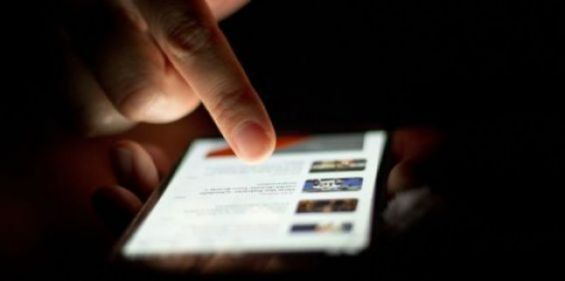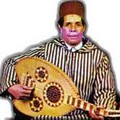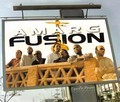This week, the Arab Barometer published a study on the digital divide and disparity when accessing internet in 12 Arab countries, stressing that inequalities in this region remain «persistent».
The independent, non-partisan research network, which has been conducting opinion polls in the Middle East and North Africa since 2006, has reported that internet usage rates vary widely between different population groups.
Women, senior citizens, and those with the least education and lower incomes are less likely to use the Internet than men, young people and those with more education and wealth.
The report points out that disparities in internet usage rates across population groups or across socio-economic divisions could actually deepen inequalities and contribute to a worrying digital divide.
The digital divide is defined as the gap between groups in society «with regard to their access to information and communication technologies and their use of the Internet».
In Morocco, disparities according to age, sex, background and income
The study indicated that Morocco ranks ninth in the Arab world in terms of Internet usage. The number of Moroccans using the Internet represents 67%, which means that more than 3 in 10 people in Morocco (31%) do not go online at all.
As a comparison, this rate stands at 97% in Kuwait, which ranks first, and 53% in Yemen, which ranks last.
«On the other hand, from 2014 to 2018, the mobile Internet penetration rate increased in Morocco and Tunisia by 15 and 18% respectively», the report read.
«Older groups in the different countries studied are less likely to use the Internet», it added. Thus, the percentage of seniors (60 years and over) who use the Internet is 16%, against 93% of young people aged between 18 and 29.
Regarding digital divide on the basis of gender, the report underlines that women face «major obstacles to full participation in the digital domain». «These obstacles are not much different from obstacles in other areas. Social values, gender roles, sexist prejudices and stereotypes often discourage - or prevent - women from using the internet, acquiring digital knowledge and participating in the digital economy and society», regrets the report.
While 79% of men use the Internet, only 56% of Moroccan women have access to it. The report underlines in this regard that only women in Lebanon and Kuwait have a rate similar to that of men in terms of access to internet.
In addition to age and gender, education and income levels are also important factors. As a result, the disparity persists between urban and rural areas when it comes to having access to the Internet in Morocco, underlines the study, noting that 55% of the inhabitants of the rural world have online access compared to cities (76%).
This study is based on the 5th wave of Arab Barometer surveys, carried out between 2018 and 2019.





 chargement...
chargement...













